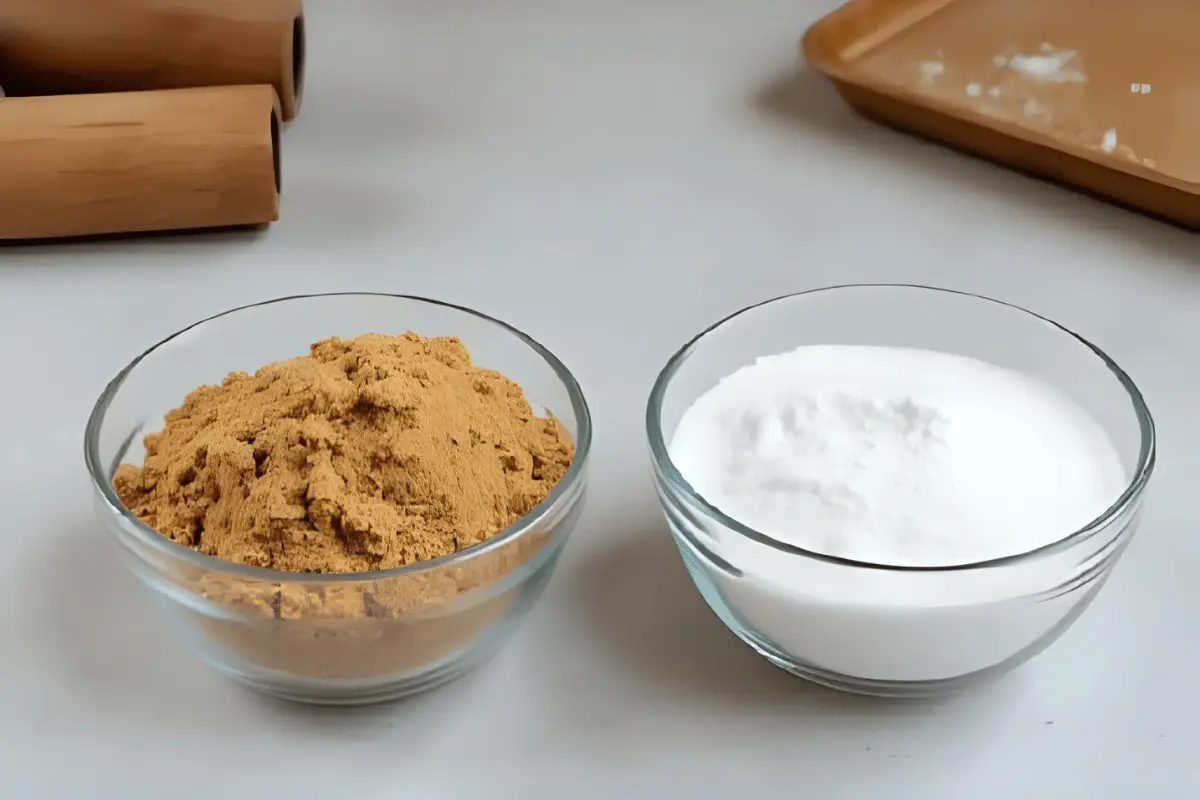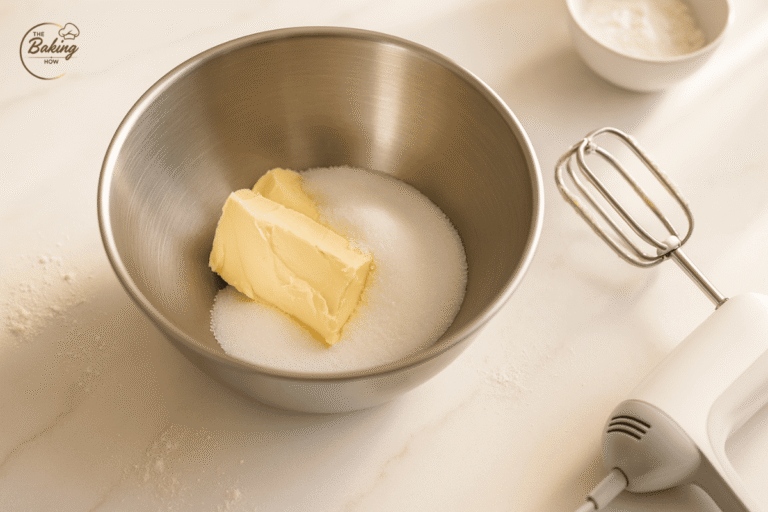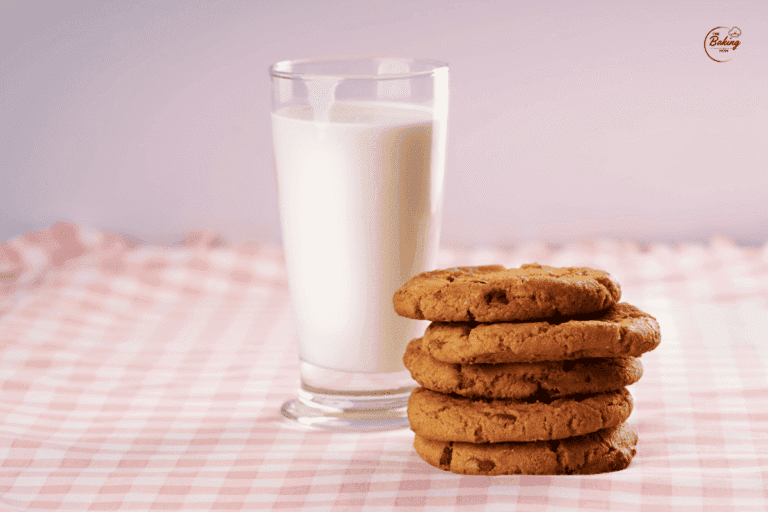Brown Sugar vs White Sugar in Cookies: 5 Key Differences Every Baker Must Know
Have you ever wondered why some cookies turn out soft and chewy while others are thin, crispy, and full of crunch? The answer often comes down to one simple ingredient swap: brown sugar vs white sugar in cookies.
Both sugars may look similar, but they perform very differently in baking. Brown sugar, with its molasses content, adds moisture, chewiness, and a rich caramel-like flavor. White sugar, also known as granulated sugar, delivers crispiness, spread, and a lighter color.
In this guide, I’ll share my 17+ years of industry baking experience to break down the real differences, show you when to use each type, and explain what happens when you substitute one for the other.
By the end, you’ll know exactly how to choose the right sugar for the perfect cookie texture, flavor, and color.
Brown Sugar vs White Sugar in Cookies – Main Differences
When it comes to baking cookies, the choice of sugar makes a huge difference. While both are common pantry staples, brown sugar vs white sugar in baking perform very differently because of molasses content, sweetness, and texture outcomes.
- Brown sugar = white sugar + molasses. The molasses gives it extra moisture, a chewy texture, and a warm, caramel-like flavor.
- White sugar (granulated sugar) = fully refined sugar with no molasses. It provides a crisp bite, more spread, and a neutral sweetness.
Here’s a quick breakdown of how each sugar changes your cookies:
📊 Comparison: Granulated Sugar vs Brown Sugar in Cookies
| Feature | 🍪 Brown Sugar | 🍪 White Sugar (Granulated) |
| Molasses Content | Contains molasses (light: ~3–4%, dark: ~6–8%) | No molasses |
| Flavor | Rich, caramel, slightly toffee-like | Neutral, clean sweetness |
| Texture | Moist, chewy, softer cookies | Crispier, lighter cookies |
| Color | Golden to deep brown | Pale golden |
| Spread | Less spread → thicker cookies | More spread → thinner cookies |
🔑 Key Takeaway:
If you want chewy, moist cookies with rich flavor, go with brown sugar. If you prefer crispy, crunchy cookies with a clean sweetness, white sugar is your best choice.
👉 Want to see how each ingredient shapes the final cookie? Check out our full guide on how ingredients affect cookie texture.
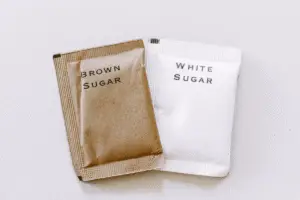
How Brown Sugar Affects Cookies
Brown sugar is the secret to soft, chewy, and moist cookies. Thanks to its molasses content, it holds on to extra moisture during baking, which keeps cookies from drying out. This results in a texture that’s tender on the inside while still holding its shape.
🍫 Flavor Boost: Brown sugar also adds a rich, caramel-like flavor and makes cookies darker in color. That’s why it’s a favorite for recipes where depth of flavor matters.
🍪 Best Uses: You’ll often see brown sugar used in:
- Chocolate chip cookies – enhances cocoa and chocolate notes
- Gingerbread cookies – balances spices with molasses sweetness
- Spice cookies – adds warmth and chewiness
🏭 Industry Insight: In large-scale baking, we often combine brown sugar with cocoa or other flavoring agents to create a deeper, more complex taste. However, due to storage and cost issues, manufacturers sometimes substitute with inverted sugar or flavor syrups instead of pure brown sugar.
🔑 Key Tip: If you want to substitute brown sugar for white sugar in a recipe, you’ll end up with chewier, softer, and richer-tasting cookies—a great swap if you prefer moist cookies over crisp ones.
👉 If your cookies aren’t coming out chewy enough, our troubleshooting guide on why are my cookies not chewy will help you fix it.
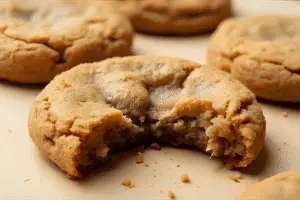
How White Sugar Affects Cookies
So, what does white sugar do in cookies? Unlike brown sugar, granulated white sugar creates cookies with crisp edges, more spread, and a lighter golden color. Since it doesn’t contain molasses and it has 0% moisture, it allows cookies to dry out slightly more in the oven, giving them a delicate crunch.
✨ Flavor Profile: White sugar has a neutral sweetness, which means it doesn’t overpower other ingredients. Instead, it lets flavors like butter, vanilla, or almond extract shine through—perfect for recipes where you want a clean taste.
🍪 Best Uses:
- Sugar cookies – classic crisp edges and clean sweetness
- Shortbread cookies – buttery flavor without extra moisture
- Thin, crispy cookies – spread evenly in the oven for crunch
🏭 Industry Insight: In large-scale baking, white sugar is preferred because it’s cheaper, easier to handle, and stores better than brown sugar. To achieve more flavor depth, we often add inverted sugar or syrups instead of relying on brown sugar.
🔑 Key Tip: If you substitute brown sugar for white sugar, expect major changes in results—your cookies will lose some crispiness and instead become chewier, softer, and darker.
👉 Struggling with over-crispy results? Learn the causes in our post on why are my cookies too crispy.
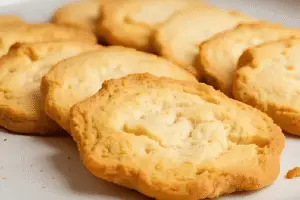
Can You Substitute Brown Sugar for White Sugar
A common question bakers ask is: can you substitute brown sugar for white sugar in cookies? The answer is yes—but the results won’t be identical.
- ✅ Substituting brown sugar for white sugar: Cookies turn out softer, chewier, and darker in both color and flavor. The molasses in brown sugar adds extra moisture and a slight caramel note.
- ✅ Substituting white sugar for brown sugar: Cookies become crispier, paler, and spread more on the baking sheet. The texture is lighter but less chewy.
- ✅ Balanced tip: Using a 50/50 mix of brown and white sugar creates the perfect middle ground—chewy inside with crisp edges.
🏭 Industry Insight: In large-scale baking, brown sugar is not often preferred due to availability and cost efficiency issue. However, if a crunchy texture is needed, we add a proportion of granulated sugar into the recipe for consistency and shelf-life.
🔑 Key Takeaway: You can substitute, but it’s not a one-to-one match in terms of results. Think of it less as a direct swap and more as a way to customize the cookie’s texture, spread, and flavor.
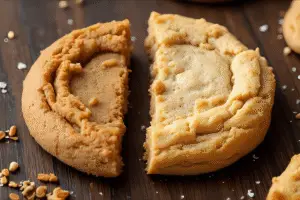
Brown Sugar vs White Sugar in Cookies: Which Is Best?
When bakers ask what’s the best sugar for cookies, the real answer is: it depends on your recipe goals. Both sugars bring unique qualities to the dough:
- 🍪 Use brown sugar → Best for soft, chewy cookies with deeper flavor. The molasses retains moisture and creates a tender bite.
- 🍪 Use white (granulated) sugar → Best for crisp, crunchy cookies with more spread and a lighter taste.
- 🍪 Use both together → For most classic chocolate chip cookies, bakers combine both brown and white sugar to achieve the perfect balance: chewy centers with slightly crispy edges.
🏭 Industry Note: Commercial bakeries often rely on a blend of brown sugar vs granulated sugar to ensure consistency, flavor depth, and longer shelf-life. Recipes are tested with varying ratios to target either chewiness or crunch, depending on consumer demand.
🔑 Key Takeaway: There’s no absolute winner in the white sugar vs brown sugar cookies debate—it comes down to the texture, flavor, and color you want in your final bake.
Light vs Dark Brown Sugar in Cookies
Not all brown sugar is the same—light brown sugar and dark brown sugar can change how your cookies taste and look. Here’s the difference:
- 🍯 Light brown sugar → Contains less molasses. Produces a milder, caramel-like flavor with slightly more spread in cookies.
- 🍯 Dark brown sugar → Contains more molasses. Creates a richer, deeper flavor and results in thicker, more moist cookies.
👉 According to King Arthur Baking, the type of sugar you use can dramatically change cookie flavor, color, and texture.
✅ Best Use Cases:
- Light brown sugar → Perfect for chocolate chip cookies and oatmeal cookies, where a gentle sweetness balances the other ingredients.
- Dark brown sugar → Best for gingerbread and molasses cookies, where a bold, robust flavor is key.
📌 Key Tip: You can often use them interchangeably, but expect slight differences in flavor intensity, color, and texture.
💡 Pro Tip for Perfect Chocolate Chip Cookies
For the best balance of flavor and texture:
- Use ½ white sugar + ½ light brown sugar → crispy edges + chewy centers.
- Add 1 tbsp dark brown sugar if you want extra chewiness and deeper caramel notes.
👉 Want even better results? Combine sugar choices with proper dough chilling — here’s the science behind how long to chill cookie dough before baking.
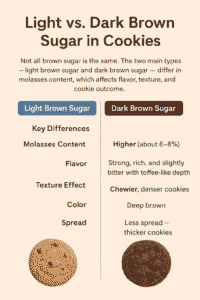
🍪 Conclusion: Brown Sugar vs White Sugar in Cookies
Brown sugar brings chewiness, moisture, and a rich caramel flavor, while white sugar creates crispier, lighter cookies with more spread.
👉 Baking Tip: Don’t be afraid to experiment! Adjust the ratio of brown to white sugar depending on whether you want soft and chewy or thin and crispy cookies.
✨ So, when it comes to brown sugar vs white sugar in cookies, the winner truly depends on your baking goal.
➡️ Try baking a batch with different sugar combinations and see firsthand how the results change. It’s the best way to discover your perfect cookie texture!
👉 Curious about sugar’s role beyond just flavor? Don’t miss our deep dive: what does brown sugar do in cookies.
Open Baking Conversion Calculator →
❓ FAQs: Brown Sugar vs White Sugar in Cookies
1. Does brown sugar make cookies chewy?
2. Can I replace white sugar with brown sugar in cookies?
3. What happens if I only use white sugar in cookies?
4. Is it better to bake with granulated sugar vs brown sugar?
5. Which sugar is best for chocolate chip cookies?
6. Can I use both brown and white sugar in one recipe?
7. What happens if you substitute brown sugar for white sugar in cookies?

